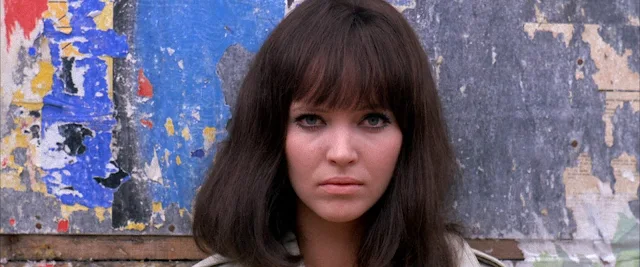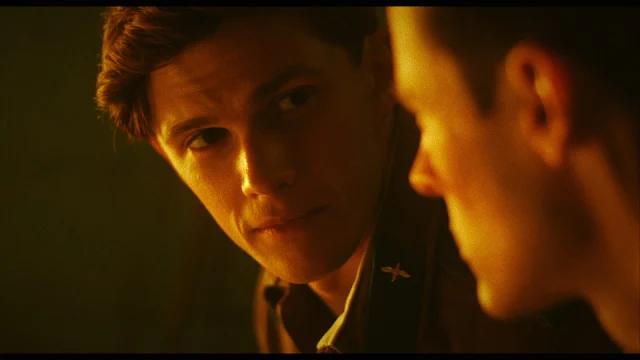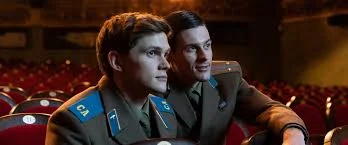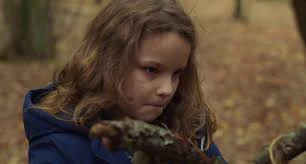Cast: Emma Watson, Dan Stevens, Luke Evans, Josh Gad, Kevin Kline, Hattie Morahan, Ewan McGregor, Ian McKellen, Emma Thompson, Stanley Tucci, Audra McDonald, Gugu Mbatha-Raw. Screenplay: Stephen Chbosky, based on a screenplay by Linda Woolverton. Cinematography: Tobias A. Schliessler. Production design: Sarah Greenwood. Film editing: Virginia Katz. Music: Alan Menken.
As one who thinks the Disney corporation’s decision to remake its cartoon films as live action ones is wrong-headed, I was prepared to be dismissive of Beauty and the Beast. But after saying that I think Bill Condon’s film is overlong and its production design is visually cluttered, I admit that I was won over, mostly by the casting and the reprises of the original Alan Menken-Howard Ashman songs. (I think the newer songs, with lyrics by Tim Rice, are just okay, not really so catchy and memorable.) Truth be told, I will watch almost anything that features Dan Stevens, Kevin Kline, and/or Emma Thompson, even their voices. And it’s nice to hear that their singing voices, as well as that of Emma Watson, are up to the demands. I also think that the “live” version (if you can call anything with so much CGI and motion capture live) improves on the cartoon in some regards. The characters of Gaston and LeFou are way too “cartoony,” if you will, in the cel-animated version. Luke Evans and Josh Gad do a good job of making them both funny and credible, and I love the hints of LeFou’s gayness that the new version slips in – the film didn’t even need the fleeting glimpse of LeFou dancing with another man that caused so much stupid controversy.





























































